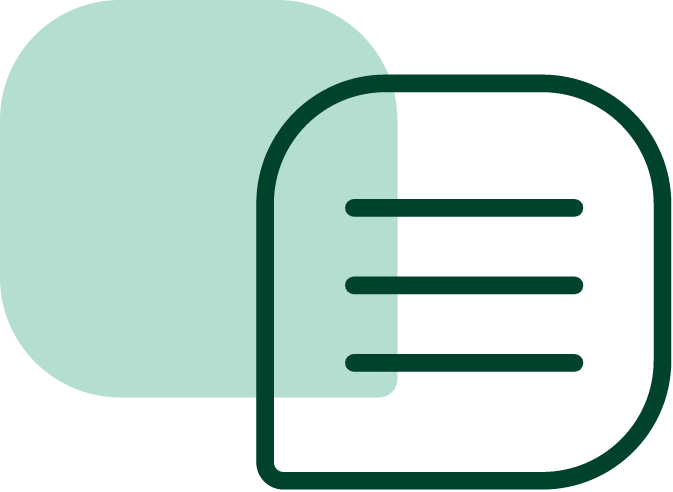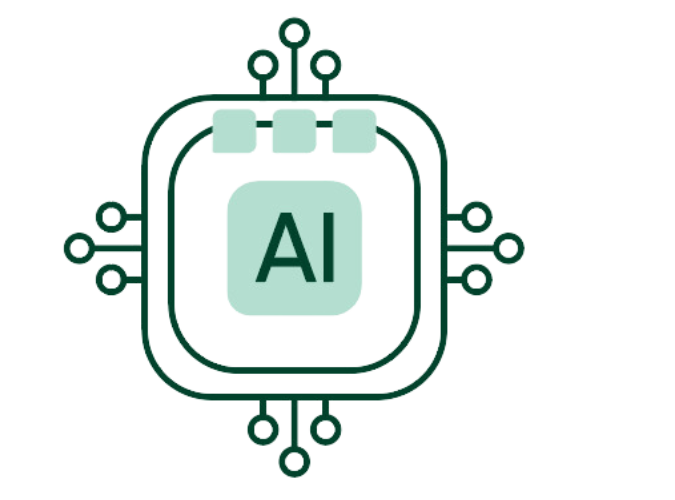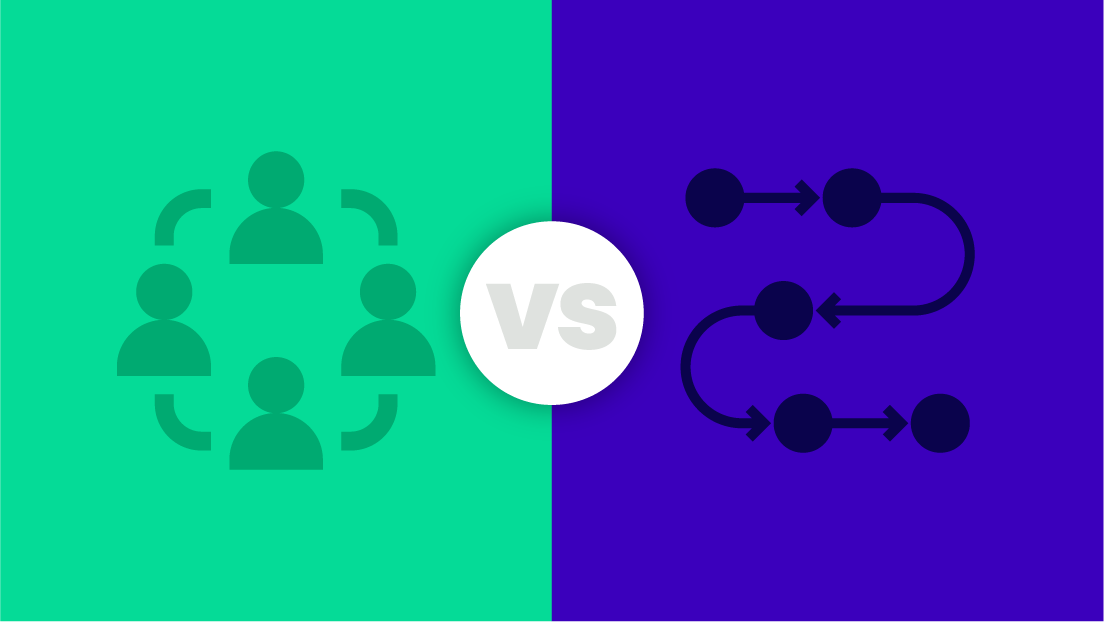In today’s rapidly evolving financial landscape, the collections process is undergoing a significant transformation driven by artificial intelligence. As we navigate through 2025, organizations are increasingly turning to AI-powered solutions to streamline their accounts receivable operations, reduce manual workloads, and improve recovery rates. This technological shift is not just a passing trend but a fundamental change in how collections departments operate and deliver value to their organizations.
The Growing Importance of AI in Collections
The collections landscape has traditionally been characterized by manual processes, time-consuming follow-ups, and reactive approaches to managing late payments. But, as businesses face increasing pressure to improve cash flow while maintaining strong customer relationships, the limitations of conventional methods have become apparent.
AI in debt collections represents a paradigm shift from reactive to proactive management. By leveraging machine learning algorithms and data analytics, businesses can now predict payment behaviors, identify at-risk accounts before they become delinquent, and tailor collection strategies for optimal results. This predictive capability allows collections teams to allocate their resources more efficiently, focusing human expertise where it matters most.
The adoption of AI in collections management has accelerated in recent years due to several key factors:
- Increasing Volume of Digital Transactions: As businesses move toward digital payment methods, the volume of transaction data has grown exponentially, making manual processing increasingly impractical.
- Customer Experience Focus: Organizations recognize that collections is not just about recovering funds but also about maintaining positive customer relationships. AI helps strike this balance by personalizing communications and approaches.
- Cost Pressure: Economic uncertainties continue to push businesses to do more with less, making AI automation in debt collections an attractive option for improving efficiency without increasing headcount.
- Regulatory Compliance: Evolving regulations around debt collection practices require meticulous documentation and consistent application of policies—areas where AI excels through standardization and detailed record-keeping.
- Mitigating Risk: There is no shortage of things that can go wrong when it comes ot A/R. AI can help mitigate B2B collections risks.
According to industry research, organizations implementing AI in collections have reported an average 25% reduction in days sales outstanding (DSO) and up to 30% improvement in collection efficiency. These numbers underscore why forward-thinking finance leaders are no longer asking whether to adopt AI but rather how quickly they can implement these solutions.
Key Advantages of AI-Driven Collections
The integration of AI in digital collections offers numerous benefits that collectively transform the accounts receivable function from a cost center to a strategic business partner. Here are the most significant advantages:
Enhanced Prediction and Prevention
AI systems excel at analyzing vast amounts of historical payment data to identify patterns and predict future behavior. This predictive capability allows collections teams to:
- Identify accounts at risk of late payment before due dates
- Segment customers based on payment behavior and risk profiles
- Implement preventive measures for high-risk accounts
- Adjust credit terms based on predictive analytics
- Optimize cash flow
One mid-sized manufacturing company reported that implementing AI prediction models reduced their bad debt write-offs by 18% within the first year by identifying at-risk accounts earlier in the process.
Optimized Workflows and Resource Allocation
AI automation in debt collections dramatically improves operational efficiency by:
- Automatically prioritizing accounts based on collection probability and value
- Routing cases to the most appropriate collector based on account characteristics
- Suggesting optimal contact times based on historical response patterns
- Eliminating manual data entry and document processing
For collections departments, this means focusing human expertise on complex cases and strategic customer interactions rather than routine follow-ups and administrative tasks.
 The First Step to Incorporating AI Into Your Collections
The First Step to Incorporating AI Into Your Collections
Gaviti’s platform offers intelligent automation, real-time analytics, and customizable workflows to enhance your accounts receivable processes. Discover how Gaviti can help you reduce Days Sales Outstanding (DSO), improve cash flow, and streamline your collections.
Experience firsthand how Gaviti’s AI-driven solutions can transform your collections strategy:
Take Gaviti's Product TourPersonalized Communication Strategies
Modern AI systems can analyze customer communication preferences, payment histories, and response patterns to tailor outreach strategies:
- Customizing message content, tone, and format based on customer segment
- Determining the most effective communication channel for each customer
- Optimizing timing of communications to increase response rates
- Adapting follow-up strategies based on real-time response data
These personalized approaches have been shown to increase payment rates by up to 30% compared to standardized communication methods.
Continuous Improvement Through Learning
Unlike static systems, AI in collections management continuously learns and improves from outcomes:
- Refining prediction models based on actual payment results
- Identifying successful collection strategies for specific customer segments
- Adapting to changing customer behaviors and market conditions
- Providing feedback loops that improve future decision-making
This self-improving capability ensures that collections strategies remain effective even as business conditions and customer behaviors evolve.
Enhanced Compliance and Documentation
AI systems maintain detailed records of all collections activities, communications, and decisions, helping organizations:
- Ensure consistent application of collections policies
- Document compliance with relevant regulations
- Provide comprehensive audit trails
- Reduce compliance-related risks
For industries facing strict regulatory oversight, these compliance benefits alone often justify the investment in AI technology.
Use Cases for AI in Collections in 2025
As AI technology matures, several specific applications have emerged as particularly valuable for collections departments in 2025:
Predictive Delinquency Modeling
Advanced AI algorithms now analyze hundreds of variables to predict which invoices are likely to become delinquent with remarkable accuracy. These models incorporate:
- Historical payment patterns of the specific customer
- Industry-wide payment trends and seasonal factors
- Macroeconomic indicators affecting specific sectors
- Changes in customer behavior patterns or financial health signals
Collections teams use these predictions to implement proactive strategies, such as sending early payment reminders or offering flexible payment options before invoices become past due.
Intelligent Dunning Management
AI has revolutionized the dunning process by creating dynamic, responsive communication sequences:
- Automatically selecting the optimal communication channel (email, SMS, phone call)
- Personalizing message content based on customer history and preferences
- Adapting follow-up timing based on customer engagement patterns
- Escalating or de-escalating approaches based on response data
This intelligent approach replaces one-size-fits-all dunning sequences with tailored communication strategies that respect customer preferences while improving effectiveness.
Virtual Collection Assistants
AI-powered virtual assistants are increasingly handling routine collection interactions:
- Responding to common payment inquiries 24/7
- Processing payment arrangements within policy guidelines
- Providing account status updates and documentation
- Escalating complex issues to human collectors
These assistants free human collectors to focus on high-value activities like negotiating with strategic accounts or handling complex disputes.
Cash Application Automation
AI is transforming the cash application process through:
- Automatic matching of payments to invoices even with incomplete remittance information
- Intelligent exception handling for complex payment scenarios
- Real-time bank integration for immediate cash visibility
- Self-learning systems that improve matching accuracy over time
Organizations implementing AI-driven cash application report match rates exceeding 90% without human intervention, dramatically reducing manual reconciliation work.
Risk-Based Collections Strategies
AI enables truly dynamic, risk-based approaches to collections by:
- Continuously reassessing account risk profiles
- Automatically adapting collection strategies based on changing risk levels
- Implementing differentiated approaches for various risk segments
- Optimizing resource allocation based on recovery probability
This risk-based approach ensures that high-value, high-risk accounts receive appropriate attention while routine collections are handled efficiently through automation.
Dispute Resolution Assistance
AI systems are increasingly supporting the dispute resolution process by:
- Identifying common dispute patterns and their resolutions
- Automatically gathering relevant documentation for known dispute types
- Suggesting resolution approaches based on similar past cases
- Predicting dispute outcomes to inform settlement decisions
These capabilities accelerate resolution times while improving consistency in dispute handling.
Potential Challenges in AI Adoption for Collections
Despite the compelling benefits, organizations implementing AI in collections often face several challenges that require careful consideration:
Data Quality and Integration Issues
AI systems rely on high-quality, comprehensive data to deliver accurate insights. Many organizations struggle with:
- Fragmented data across multiple systems
- Inconsistent data formats and definitions
- Historical data gaps or quality issues
- Integration challenges with legacy systems
Successful implementations typically include a data assessment and cleanup phase before deploying AI solutions.
Change Management and Skill Development
The transition to AI-driven collections represents a significant change for collections staff who may have concerns about:
- Job security and changing role requirements
- Developing skills to work effectively with AI systems
- Trusting AI-generated insights and recommendations
- Adapting to new workflows and processes
Organizations that invest in change management, training, and clear communication about how AI will augment (rather than replace) human collectors achieve smoother implementations.
Ethical and Compliance Considerations
As AI makes more collection-related decisions, organizations must address:
- Potential bias in AI algorithms that could affect specific customer segments
- Transparency in how AI systems make recommendations
- Compliance with evolving regulations around automated decision-making
- Maintaining proper oversight of AI-driven processes
Establishing clear governance frameworks and regular algorithm audits helps mitigate these risks.
Implementation and ROI Timeline
Setting realistic expectations about implementation timelines and ROI is critical:
- Most AI in collections systems require 3-6 months for implementation
- Full benefits typically materialize 6-12 months after deployment
- Initial results may be modest as systems learn from new data
- Measuring the right metrics is essential for accurately assessing impact
Organizations that approach AI implementation as a strategic journey rather than a quick fix are more likely to achieve sustainable benefits.
How Gaviti Uses AI to Streamline and Improve Collections
Gaviti leverages artificial intelligence to transform accounts receivable (A/R) collections into a streamlined, data-driven process. Its AI-powered platform automates routine tasks, such as sending payment reminders and matching payments to invoices, allowing finance teams to focus on strategic decision-making. By analyzing customer payment behaviors and creditworthiness, Gaviti’s AI predicts potential late payments and suggests proactive measures to mitigate risks. This intelligent approach not only accelerates cash inflows but also enhances the accuracy of cash flow forecasting, providing businesses with greater financial stability.
The platform offers a centralized dashboard that consolidates A/R data from multiple ERP systems, providing real-time visibility into outstanding balances and collection statuses. Gaviti’s customizable workflows and automated task management ensure that collections activities are executed efficiently and consistently. By prioritizing high-risk accounts and automating follow-ups, businesses can reduce days sales outstanding (DSO) and minimize bad debt. Additionally, Gaviti’s customer self-service portal empowers clients to access invoices, make payments, and communicate regarding disputes, fostering transparency and improving customer relationships .Key Benefits of Gaviti’s AI-Driven A/R Collections:
- Reduction in DSO: Businesses have reported up to a 30% decrease in DSO, leading to improved cash flow.
- Enhanced Cash Application: AI-powered matching achieves 95% accuracy before the start of the workday, reducing manual reconciliation efforts.
- Improved Forecasting: Real-time analytics provide insights into collection performance, enabling better financial planning.
- Labor Cost Savings: Automation of repetitive tasks leads to significant reductions in labor costs and increased operational efficiency.
- Customized Workflows: Flexible automation adapts to existing business processes, eliminating the need for rigid system overhauls.
By integrating Gaviti’s AI-driven solutions, companies can optimize their A/R processes, enhance financial health, and build stronger customer relationships. Interested in learning more? Schedule a live demo with a Gaviti product specialist.










 The First Step to Incorporating AI Into Your Collections
The First Step to Incorporating AI Into Your Collections










